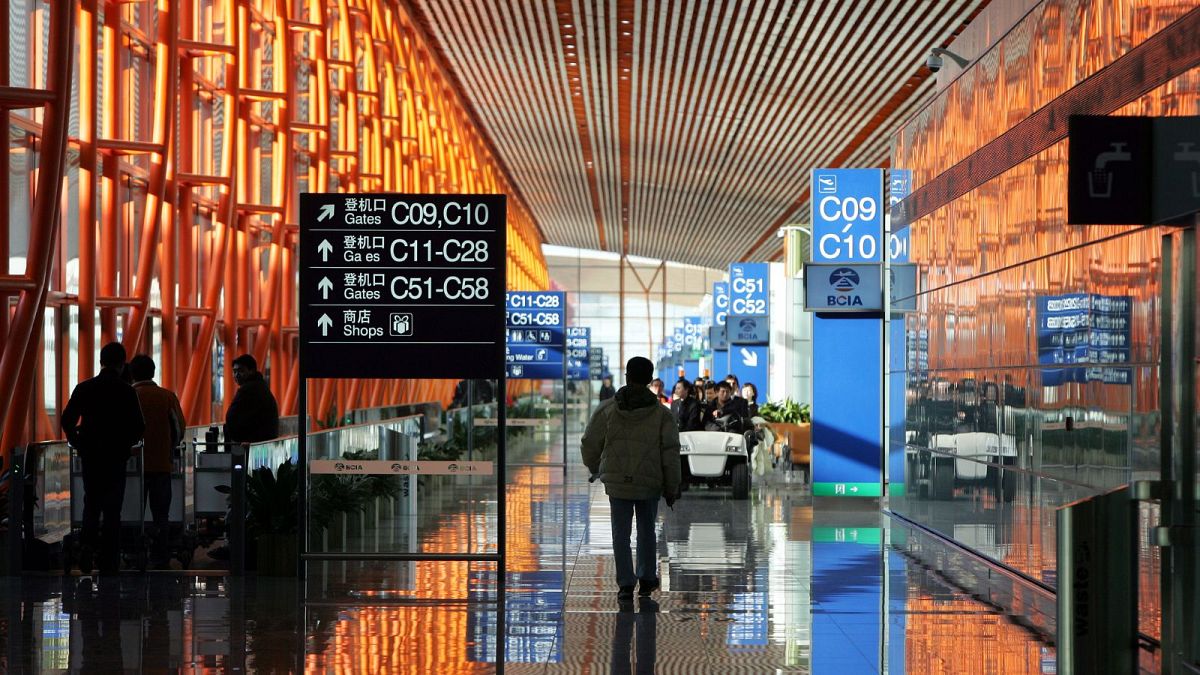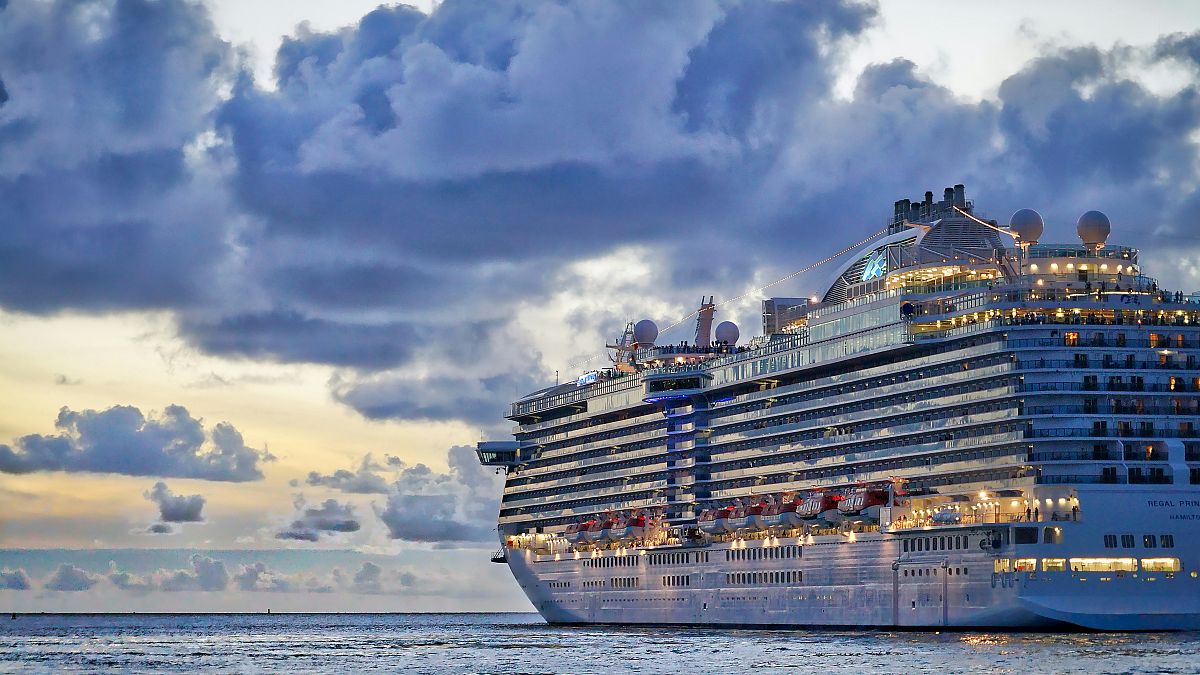Finnair has dropped from 42 to three direct flights from Helsinki to China in the last few years.
European airlines have been cutting flights to China following the closure of Russian airspace.
Virgin Atlantic and SAS Scandinavian Airlines have pulled out of the country altogether this year. While a number of other companies – Finnair, British Airways, Lufthansa and LOT Polish Airlines – are “quietly quitting” Chinese destinations, according to aviation news site Skift.
After Russia’s full-scale invasion of Ukraine in February 2022, the EU and UK swiftly imposed a blanket flight ban on Russian aircraft over their skies. Russia retaliated by closing its airspace, forcing European carriers to take longer routes to Asia.
Since fuel accounts for around 25 per cent of an airline’s operating costs, journeys to China have become significantly more costly as a result, making European companies review their numbers. Longer flights can also require more crew – further bumping up costs.
It’s not good news for Europeans as passport holders of 18 countries can now visit China visa-free.
Why are European airlines cutting flights to China?
In contrast to the fanfare that accompanies a new route opening, airlines have been keeping quiet about the significant drop in flights to China, Skift says.
Its analysis of Cirium Diio data reveals that Finnair has gone from operating 42 nonstop flights a week from Helskini to China in August 2019, to just three by August 2024 – as well as a daily service to Hong Kong.
Helsinki to Shanghai is now the only mainland route on offer from Finnair. The jump in flight times is a major reason why: rising from around 8 hours 30 minutes pre-war to 11 hours and 24 minutes now.
“Due to the closure of Russian airspace, flight times to our Asian destinations have increased by between 10 and 40 per cent, depending on the destination,” Christine Rovelli, Finnair’s Chief Revenue Officer, told Skift.
“We have successfully adapted to this situation and refocused our network, with more emphasis on westbound flying while maintaining a strong presence in our key Asian markets.”
Despite its particular proximity to Russia, the Finnish flag carrier is far from alone.
British Airways announced in August that it would suspend its London Heathrow to Beijing service, after regular flights there since 1980. Shanghai and Hong Kong are still on the timetable, but flights to the latter are dropping from twice daily to once a day from the end of October.
And Hong Kong flights will be operated by a Boeing 787-9 with 216 seats – a big downsize from the ‘super jumbo’ Airbus A380 with 469 seats that previously did the rounds.
German flag carrier Lufthansa has also said it is “reviewing the continuation” of its daily service from Frankfurt to Beijing. LOT Polish Airlines announced cuts earlier this month – including the cancellation of its Warsaw to Beijing service this winter.
Chinese airlines are increasing flights to Europe
Chinese airlines, on the other hand, are free to fly across Russia, so are not subject to the same costly detours as their European counterparts.
European executives, including Air France-KLM’s general manager for Greater China Wouter Vermeulen, have frequently bemoaned the “lack of a level playing field” for this reason.
This winter, China-based carriers will run 82 per cent of all flights between China and Europe, John Grant, chief analyst at the aviation intelligence company OAG told CNBC. That’s up from 56 per cent before the pandemic.
Around 18 new routes between China and Europe are coming online this season, Grant added, all from Chinese airlines. The expert’s verdict? “It’s madness – there is no real demand.”
Why else are European airlines dropping China?
It doesn’t simply boil down to the Russian airspace issue, however.
For one thing, some European carriers are adding capacity to other parts of Asia where they are also having to take more circuitous journeys. Finnair, for example, is increasing flights to Thailand.
Skift also points out that Australian national carrier Qantas cancelled its Sydney-Shanghai route during the summer, despite being unaffected by the Russian airspace ban. They revealed planes were often flying half-empty.
That suggests a more challenging market situation is at play. Strained economic relations between China and the West could be influencing European airline decisions, one expert told the news site.
More straightforwardly, demand is a major issue according to Grant. A slowdown in China’s economy appears to be limiting outbound travel, while international interest in visiting the Asian superpower has also taken a dip.
Only 17.25 million foreigners landed in China this year as of July, according to official figures. A steep drop from 49.1 million visitors in pre-pandemic 2019.
But most European airlines aren’t wanting to quit China completely; they’re clinging on to their ‘dot’ on the route map, ready for a rebound.
Read the full article here

:focal(1347x419:1349x417)/origin-imgresizer.eurosport.com/2024/11/24/4065325-82444148-2560-1440.jpg)














